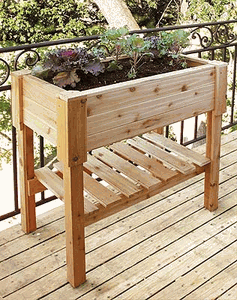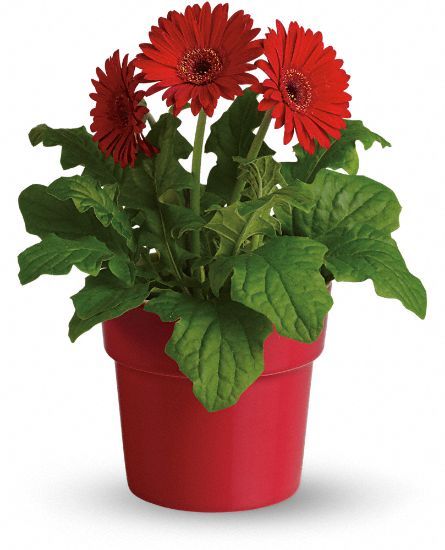To have good plant health, the plants have to have good drainage. If houseplants do not have good drainage the plants can suffocate or can develop fungal disease if they are left standing in water, or if their soil remains continuously water. It does not matter what type of houseplants you have, they must all have drainage holes.
If the pot has more than one drainage hole, this is a lot better than have just one drainage hole. If the pot has several drainage holes , the water can penetrate at some point and cause water to collect at the base of the plant. If the pot has only one drainage hole in it, it can become partially plugged at some point and then cause water to collect at the base of the plant. By the pot having several drainage holes, the soil leaches out excess salts.
Always check all of the pots regularly to make sure that they are draining freely. If a plant looks droopy and you will need to check the soil and it is only damp, then the plants are probably being over watering the plants or the drain holes have become clogged with soil or roots.
For people that uses pots without drainage holes which are called cachepots, there are several steps that are done to help out the plants that are growing in them. After the irrigation process, the cachepots needs to be empty of the standing water. The plants needs to be protected against excessive moisture standing around their roots by placing the plant pot on something that is inverted, such as pebbles, pot, saucer, or marbles set inside the cachepot. By doing this it is very good, because it will help keep the roots free of water [standing] and expose them to air and plants need to have both of them to grow.
If the pots are self-watering their will still have excess moisture problems. .It reduces the times a person has to water, but the soil stays wet for long periods of time which creates bad conditions for the plants.
No matter what type of pot you have it is always a good idea to check the soil moisture before the plants are water. If it remains moist, wait until the soil dried. The drain holes needsto be check regularly and if the draining holes are found to be clogged , the hole needs to be free of the roots or other blockage.
This is how you need to do your pots with drain holes.
Drilling Drain Holes
1. Get your power drill and put a 1/2 inch bit in. Use a carbide bit for iron and brass containers, a masonry bit for ceramic or concrete pots.
2. Take some masking tape and crossed the strips to the pot's base, and then mark its center point.
3. Drill the hole, by allowing the bit to work its way into the pot's surface. Do not apply too much pressure which builds up frictional heat.
Applying Sealants
1. First thing the pot has to be prepare by washing and draining it. Then let it thoroughly dry before you begin to apply. 2. Put gloves on, then paint an even layer of latex sealant on the container's inside surface. Allow it to dry.
3.After the containers dry, apply a second coat of latex sealant to the pot's interior. Then it will need to dry for 24 hours before planting.
Summary
To have good luck with your plants growing in containers, they need to have unobstructed drain holes. They also need to have good watering conditioning, where the plants are not overwatered. The plants should not set in water for a long time because it will causes your plants problems.





No comments:
Post a Comment